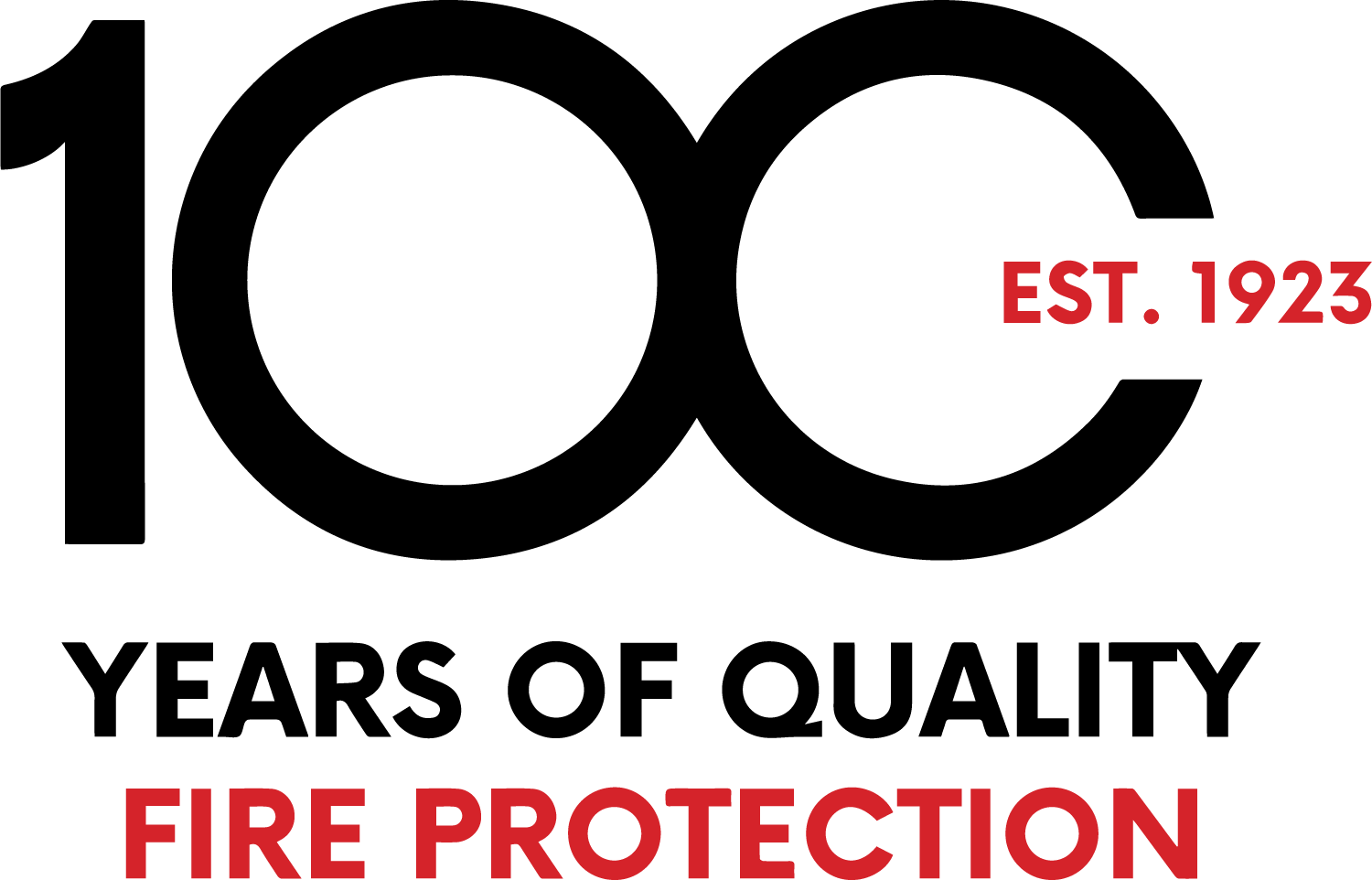Did you know that fire extinguishers can effectively put out 80% of fires? Almost 2 million fires are handled entirely by a fire extinguisher in the U.S. every year. (EnGauge Inc.)
When a fire extinguisher gets used on a fire in the United States, 75% of the time, the fire department is not required to attend the incident. (EnGauge Inc.)
Your physical location’s business type and potential fire risks determine the types and number of portable fire extinguishers you’ll need.
The most common fire extinguisher classifications are as follows:
- Class A– Solid combustibles excl. wood, cloth, paper, plastics, and rubber
- Class B– Flammable liquids incl. oil, gasoline, paint, and grease
- Class C– Energized electrical fire (Remove the electrical source, a Class C fire becomes null and void)
- Class D– Combustible metals (Magnesium)
- Class K– Cooking oil, animal and vegetable fats, and grease
We carry only the best portable fire extinguishers from Amerex & Ansul.

